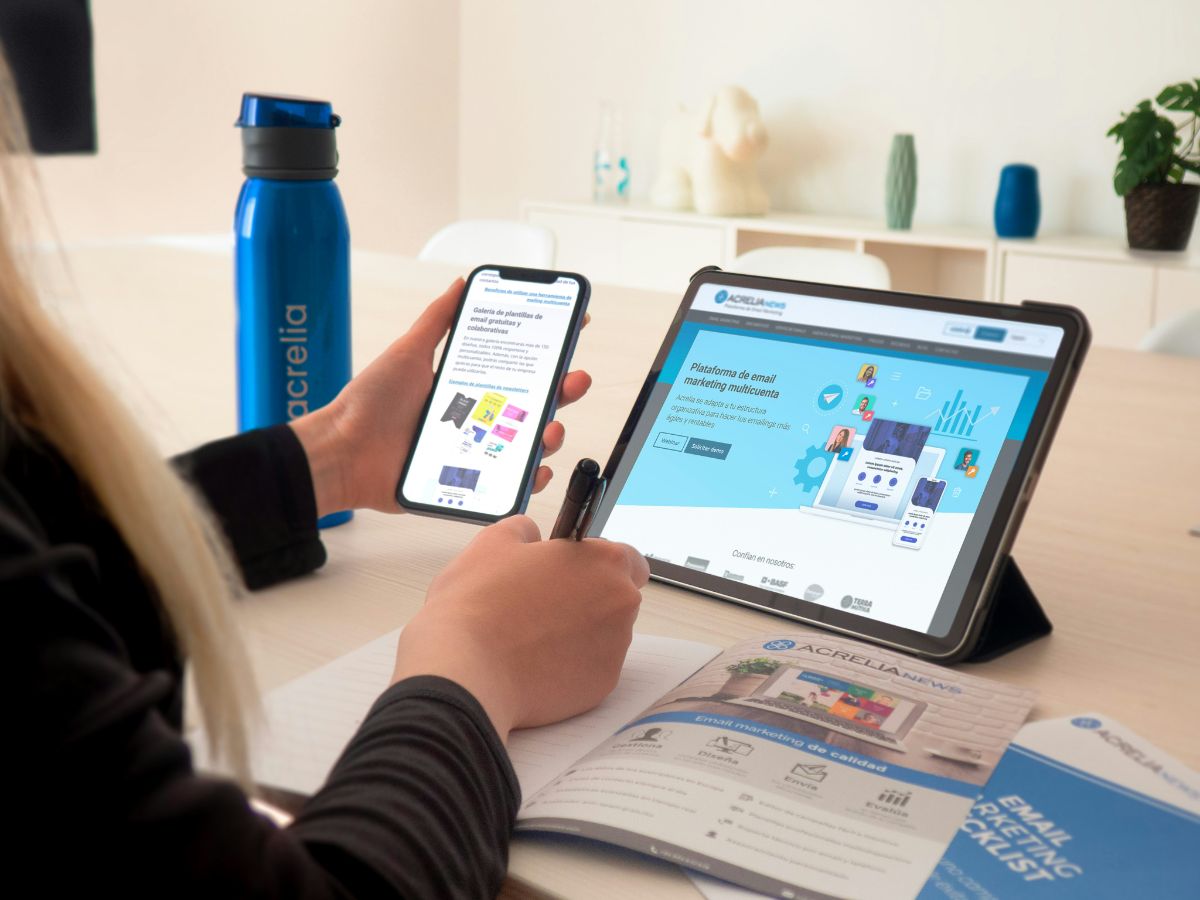
Onboard Your VA: Every Task's Guide to Success
Onboarding a new virtual assistant (VA) efficiently ensures they are well-integrated into your business operations and can start contributing effectively. A well-structured onboarding process helps the VA understand their roles and responsibilities and fosters a positive working relationship. This blog provides a step-by-step guide on efficiently onboarding a new virtual assistant.
Table of Contents
Preparing for Onboarding
Introducing Your Business
Defining Roles and Responsibilities
Setting Up Communication Channels
Providing Access to Tools and Resources
Training and Development
Monitoring Progress and Providing Feedback
Establishing Regular Check-Ins
Preparing for Onboarding
Before the virtual assistant's first day, preparing the necessary documents, tools, and resources is essential. This preparation includes creating a detailed job description outlining the VA’s roles, responsibilities, and expectations. Prepare a contract and a non-disclosure agreement (NDA) to protect your business information. Setting up access credentials for the necessary tools, software, and accounts ensures a smooth start for the VA and demonstrates your professionalism. Having these preparations in place will pave the way for an efficient onboarding process and set the tone for a positive working relationship.
Introducing Your Business
A comprehensive introduction to your business helps the VA understand your company’s mission, values, and culture. Share an overview of your company's history, mission, and vision to give the VA a sense of your business's identity and goals. Introduce key team members and their roles to help the VA understand the organizational structure and who they will work with. Explain the short-term and long-term goals of the company, providing context that allows the VA to align its work with your business objectives. This introduction fosters a sense of belonging and helps the VA see how their role fits into the larger picture.
Defining Roles and Responsibilities
Clearly defining the VA’s roles and responsibilities is crucial for setting expectations and ensuring they understand their tasks. Provide a detailed job description that outlines daily, weekly, and monthly tasks. Define key performance indicators (KPIs) and metrics to measure success, helping the VA understand how their performance will be evaluated. Explain how to prioritize tasks and manage workload effectively, giving the VA a clear roadmap to follow. A clear understanding of roles and responsibilities helps the VA stay focused and productive, contributing to the overall success of your business.
Setting Up Communication Channels
Effective communication is vital for seamless collaboration with your VA. Establish communication channels and guidelines by choosing preferred tools like email, Slack, Zoom, or Microsoft Teams. Set a regular communication schedule for check-ins and updates to ensure ongoing alignment. Define expected response times for emails and messages to prevent misunderstandings and provide timely updates. Clear communication guidelines help maintain transparency and foster a collaborative working relationship, enabling the VA to stay informed and engaged.

Providing Access to Tools and Resources
Equip your VA with the necessary tools and resources to perform their tasks efficiently. Provide access to relevant software and applications such as project management tools, CRM systems, and any other tools they will need. Share training materials, guides, and tutorials to help the VA get up to speed with the tools and processes. Access company documents, templates, and standard operating procedures (SOPs) to ensure they have all the information needed to perform their duties. Ensuring the VA has access to all necessary resources enables them to work independently and efficiently, reducing downtime and increasing productivity.
Training and Development
Investing in training and development helps the VA acquire the skills needed to excel in their role. Conduct initial training sessions to familiarize the VA with tools, processes, and workflows specific to your business. Offer opportunities for ongoing learning and development, such as online courses, workshops, and industry conferences, to keep their skills sharp and relevant. Assign a mentor or buddy to provide guidance and support during the initial phase, helping the VA navigate any challenges. Comprehensive training ensures the VA is well-prepared to handle their responsibilities and contributes to their long-term success within your organization.
Monitoring Progress and Providing Feedback
Regularly monitoring the VA’s progress and providing constructive feedback helps them improve and stay on track. Schedule regular performance reviews to discuss achievements and areas for improvement and set new goals. Provide timely and specific feedback on tasks and projects to help the VA understand what they are doing well and where to improve. Set short-term and long-term goals to keep the VA motivated and focused on continuous improvement. Ongoing feedback and performance monitoring ensure that the VA remains aligned with your business goals and continues to grow in its role.
Establishing Regular Check-Ins
Regular check-ins foster open communication and help address any issues or concerns that may arise. Schedule weekly meetings to discuss progress, challenges, and upcoming tasks, ensuring the VA remains on track and aligned with your business objectives. Conduct brief daily check-ins to address any immediate concerns and provide quick updates. Encourage an open-door policy where the VA feels comfortable reaching out with questions or issues. Regular check-ins help maintain a strong working relationship and ensure the VA feels supported and valued.
A well-structured onboarding process is essential for efficiently integrating a new virtual assistant into your business operations. By preparing thoroughly, introducing your business, defining roles, setting up communication channels, providing access to tools, investing in training, monitoring progress, and establishing regular check-ins, you can ensure your VA is well-prepared to contribute effectively. A successful onboarding process sets the foundation for a productive and positive working relationship, benefiting your business. Partner with Every Task to find the right virtual assistant and ensure a seamless onboarding experience for your team. With the right onboarding process, you can empower your virtual assistant to succeed and drive your business forward.

